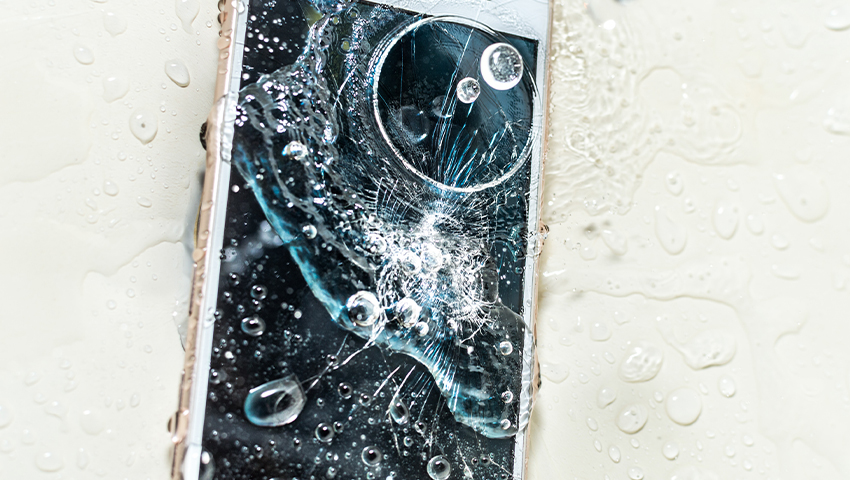Water Damage Diagnostics
Water damage diagnostics for devices like laptops, phones, and iPads involve a few
critical steps to assess the extent of damage and potential for repair. Here’s a
general outline of what a technician would typically check:
1. Initial Inspection
Exterior Damage: Look for visible signs of water entry,
corrosion, or discoloration around charging ports, speakers, buttons, and seams.
Screen Damage: Check for flickering, discoloration, or lines on
the screen, which can indicate internal water contact.
2. Power Status
Turn On Test (if safe): If the device doesn’t power on, it may
be due to internal short circuits or a drained battery. Devices shouldn’t be
powered on right after exposure to water.
Battery Check: In cases where it turns on but drains quickly,
the battery may be compromised.
3. Internal Damage Inspection
Opening the Device: Carefully open the laptop, phone, or iPad
to inspect internal components like the motherboard, battery, and circuits.
Liquid Damage Indicators (LDI): Most devices have built-in
liquid damage indicators (small stickers or strips that change color when
exposed to moisture).
Corrosion or Rust: Look for signs of corrosion on components
such as connectors, chips, and wiring.
4. Component Testing
Motherboard: Check the motherboard for shorts or corrosion. If
possible, test for continuity using a multimeter.
Ports and Connectors: Ports like USB, charging, and headphone
jacks are often prone to corrosion. They need to be tested for connectivity.
Battery & Charging Circuit: Assess if the charging system is
functional by testing the voltage at various points of the charging circuit.
5. Keyboard, Touchpad, and Other Peripheral Tests (for laptops)
These components are often the first to malfunction due to liquid exposure. Test each
key, trackpad, and other peripheral devices.
6. Software Check
If the device boots up, perform a full diagnostic to ensure that all software
components are functioning properly, including Wi-Fi, Bluetooth, speakers, and
cameras.
7. Data Recovery
If the device is beyond repair, recovering the hard drive (for laptops) or storage
(for phones/tablets) becomes the next priority. This can be done using external
readers or data recovery software if the storage device is still functional.






